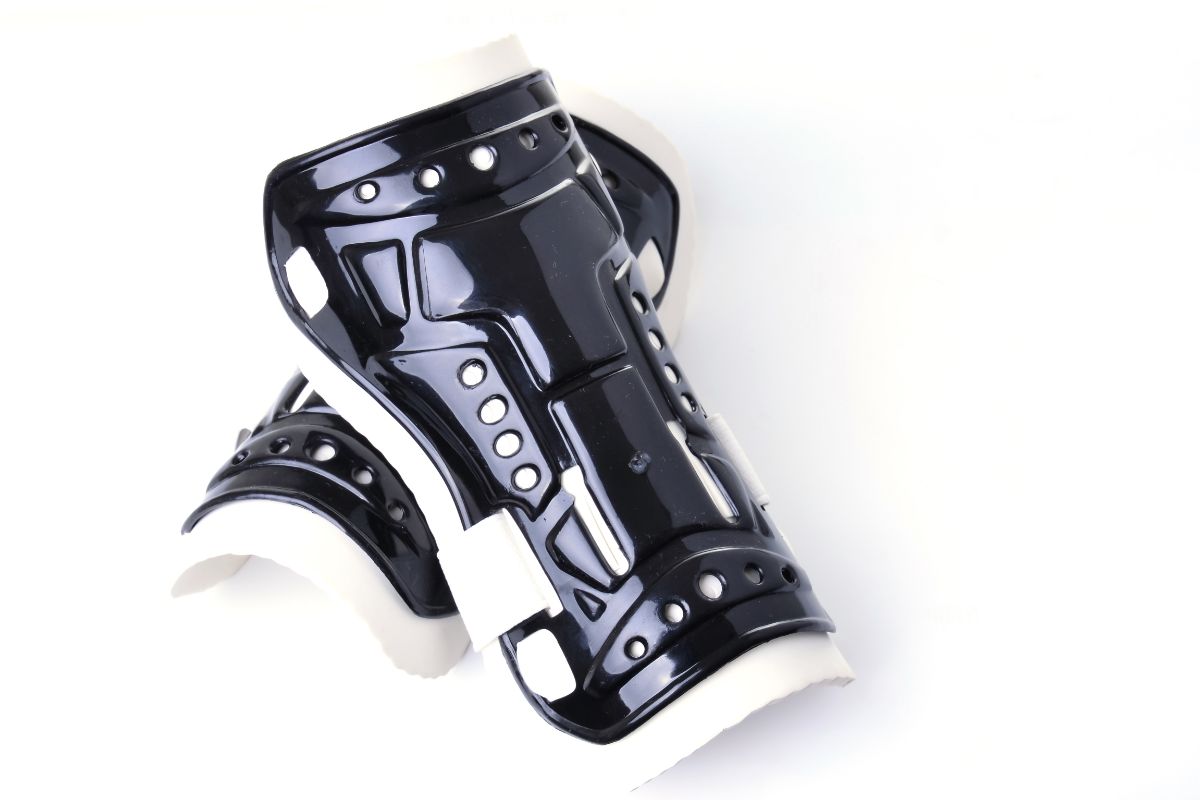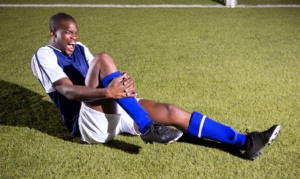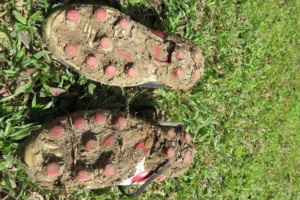Table of Contents
ToggleAt the end of a game of soccer, your uniform can often be left looking worse for wear. Your jersey will probably have a few mud stains on it, along with your shorts and long socks.
Your cleats might be covered in a lot of mud and will need their own separate cleaning process altogether.
However, while your shin guards might not get as much contact with mud during a match, they’ll still get pretty sweaty and will need to be cleaned afterward.
We’ll go over the simplest and most effective process for cleaning your shin guards thoroughly.
Step-By-Step Instructions For Cleaning Shin Guards
As long as you follow these steps, you’ll have all of your uniform and gear ready for the next game right away!
Step 1: Brush Off The Loose Dirt
We know it’s not very likely that your shin guards will get absolutely caked in dirt during a soccer match. After all, they spend the whole match hidden underneath your socks.
However, it is still possible for your shin guards to get pretty dirty and muddy during a game. If your sock slips down while you make a sliding tackle, you could end up exposing the shin guard to the muddy playing surface.
Mud can even seep through the socks and end up discoloring your shin guards. That’s why the first step in the process is to use a brush or cloth to simply wipe away as much of the dirt as you can without any other cleaning products. This will prepare the shin guards nicely for the next few steps in the process.
Step 2: Check Your Shin Guard Instructions

This is an essential step that most people don’t even consider before washing their shin guards. As with most things, shin guards can be made from different materials that will react differently with certain cleaning agents.
The label on some shin guards will tell you if there are certain types of cleaning products that should never be used on them. Similarly, if a pair of shin guards are unsuitable for machine washing, you’ll have to bear this in mind and clean them by hand.
Step 3: Prepare For Machine Wash
Unless your shin guards have a label telling you specifically not to, putting them in the washing machine is the simplest and most effective way to keep them clean. However, you don’t just want to leave them loose inside the machine where they could get damaged by the metal interior.
Instead, place the shin guards inside a laundry bag or a pillowcase to create a protective layer between the machine and the shin guards themselves.
Step 4: Use A Sports Detergent
This next step is key if you really want to eliminate the bad odors that could be lingering in your shin guards. Regular laundry detergents will do a good job of cleaning everyday clothing but won’t do enough to tackle sports clothing.
In fact, investing in some high-quality sports detergent is a good way to get your whole soccer uniform completely clean and fresh every time you wash it. An example of a good sports detergent is Tide Plus Febreeze Fresh Sport Defense, which will keep your shin guards bright in color and free of odor.
Step 5: Run A Gentle Cycle
If you’re just cleaning your shin guards and other pieces from your soccer uniform in the washing machine, there’s no need to worry about a particularly long or rigorous cycle.
Instead, set the machine to run on a gentle cycle at an average temperature.
Step 6: Leave To Air Dry
The final step in the cleaning process involves drying your shin guards.
Remove them from the washing machine and the laundry bag/pillowcase. Then, simply hang them on a clothesline or drying rack to allow them to air dry.
Definitely don’t ever put your shin guards into a dryer because this can end up doing some serious damage to them. The same is true for your soccer cleats, don’t put them in the dryer. They should also be left to air dry once you’ve cleaned them.
How To Wash Your Shin Guards By Hand
As we mentioned earlier, some shin guards will not be safe for machine washing. Simply read the label or packaging of your shin guards to find out whether they are suitable. When in doubt always wash them by hand.
For example, shin guards that are made entirely from plastic are often better suited to hand washing than machine washing.
The process is pretty simple:
- Start by brushing the loose dirt and debris off of your shin guards, just like you would if you were machine washing them.
- Then, create a mixture of sports detergent and warm water in a bucket, bowl, or plugged sink. The packaging of the detergent will often indicate the proportions you should use for this mixture.
- Now, simply leave your shin guards in the detergent solution for around 30 minutes. This should be plenty of time for them to get clean and for any bad smells to be eliminated. Sometimes if you have a lot of mud on the inside of the shin guards, or it is been a long time since you washed them, you may need to scrub the inside with a washcloth. Don’t use a brush on the soft portion of the guard. This will tear the foam or fabric.
- Finally, leave the shin guards to air dry. Never use a machine dryer because these can end up doing serious damage to your shin guards.
How Often Should I Wash My Soccer Shin Guards?
The question of how often you wash your shin guards is largely a matter of personal preference and how dirty they get during a match. Some people prefer to wash theirs after every soccer game they play, though this is not always necessary.
If you don’t want to wash your shin guards after absolutely every use, make sure you store them properly between games.
This means taking them out of your bag and leaving them in a place with plenty of natural airflow. Even if you do this, it’s still a good idea to wash your shin guards at least once per month.
Final Thoughts
Cleaning your shin guards is a whole lot easier than cleaning a pair of soccer cleats so you can certainly do it a lot more often.
If you follow our step-by-step instructions, you’ll have the freshest uniform out on the field!


